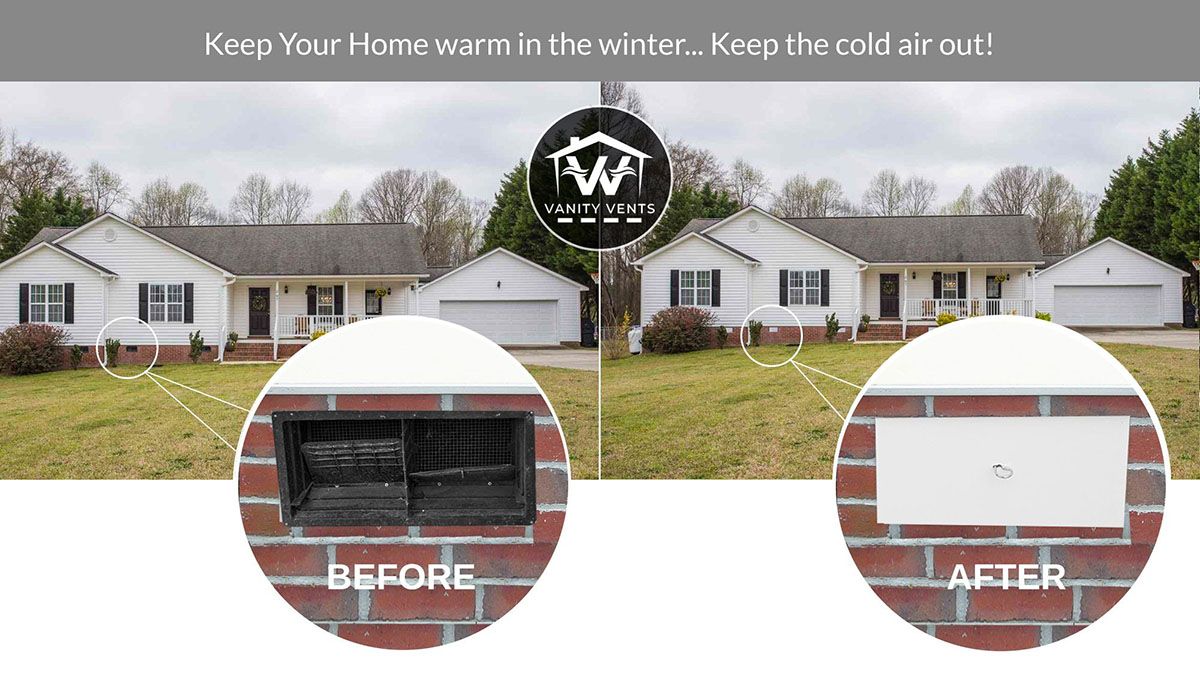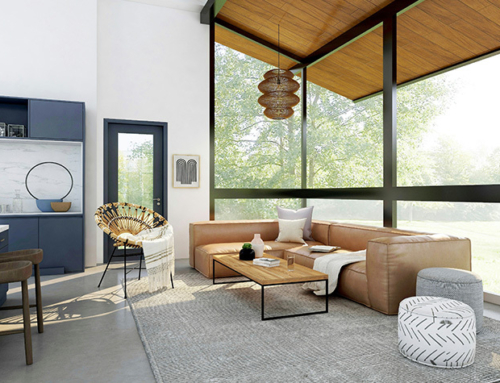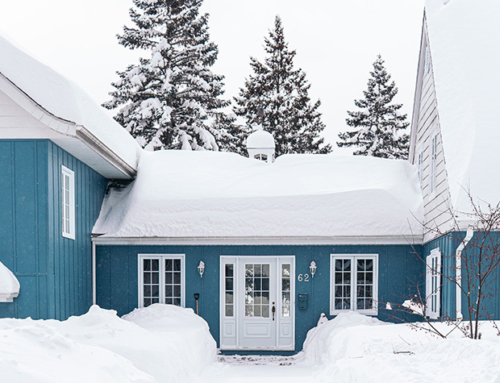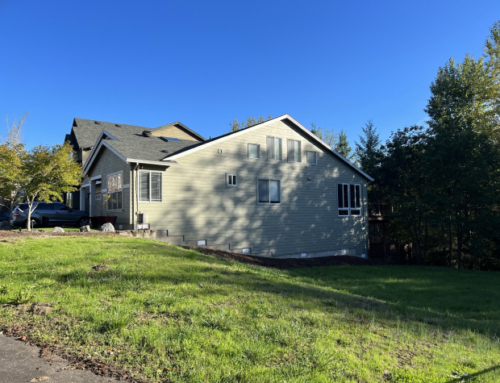The movement to make homes “greener”has been one of the many ways conscious consumers have been looking to create a more eco-friendly environment. With more people looking into the things they can do within their own capacity to contribute to reduced energy usage and wastage, developments in energy efficiency have come in leaps and bounds over the last two decades.
To get a better understanding of the impact of creating more energy efficient homes, we compiled a list of common energy saving home improvements and looked a little more into their viability for the modern home.
Vanity Vents
One of the biggest factors behind energy expenditure simply comes down to temperature. In the summer, people tend to rely on fans, air conditioners and refrigeration to regulate both body and household temperature. In the winter, it’s the inverse with radiators, space heaters, central heating, stoves, electric blankets and kettles coming to the fore.
All of these methods are extremely heavy on energy consumption, so one of the most efficient ways to mitigate them is to reduce reliance on them by regulating indoor temperature. Vanity Vents help to keep the cool air under your home in the Summer and the warmer air under your home in the Winter. This way, your furnace and your air conditioner are not working so hard and saving money.
Add Insulation
Speaking of basements and attics, those spaces are temperature generators – often influencing the temperature inside your main rooms by up to 20%. This is why attic and basement insulation is so important to regulating indoor temperature and keep people less reliant on expensive regulation methods.
Low-flow Shower Heads
One area that’s often neglected in energy efficiency around the home is water. Pumps and geysers use electricity to move and heat water around the house, so reducing water waste directly reduces energy wastage.
When people think of home improvements in the bathroom, the showerhead is often considered a luxury item. However, low-flow showerheads are more than just an aesthetic choice. Shower heads with a flow rate of less than 2.5 gallons per minute use half the water of conventional showerheads. This is one of those improvements that are exponentially more worthwhile if there are more people in the house.
Replace Bulbs
Bulbs are of course a popular target for energy efficiency, and for good reason. Low energy fluorescent bulbs not only use less than 75% less energy when compared to incandescent bulbs, but often provide better lighting, are safer to install and remove, and last between six to fifteen times longer according to the U.S. Department of Energy..
While these tips can certainly help chip away at the energy bill, it is important to remember that they work best in tandem with the correct mentality. Consistency and mindfulness go a long way to creating a more energy-friendly household, especially when the right parts are put in place.
When it comes to energy saving upgrades… remember that most homes can be fitted with Vanity Vents for under $200… but the beauty they create is priceless.
For more information: Visit VanityVents.com, email info@vanityvents.com or call us we’ll be happy to help… 503-548-7444
Note: This article is not meant to provide professional advice. Your circumstances may vary so do your homework to make the best choice possible for your home. Thank you.







